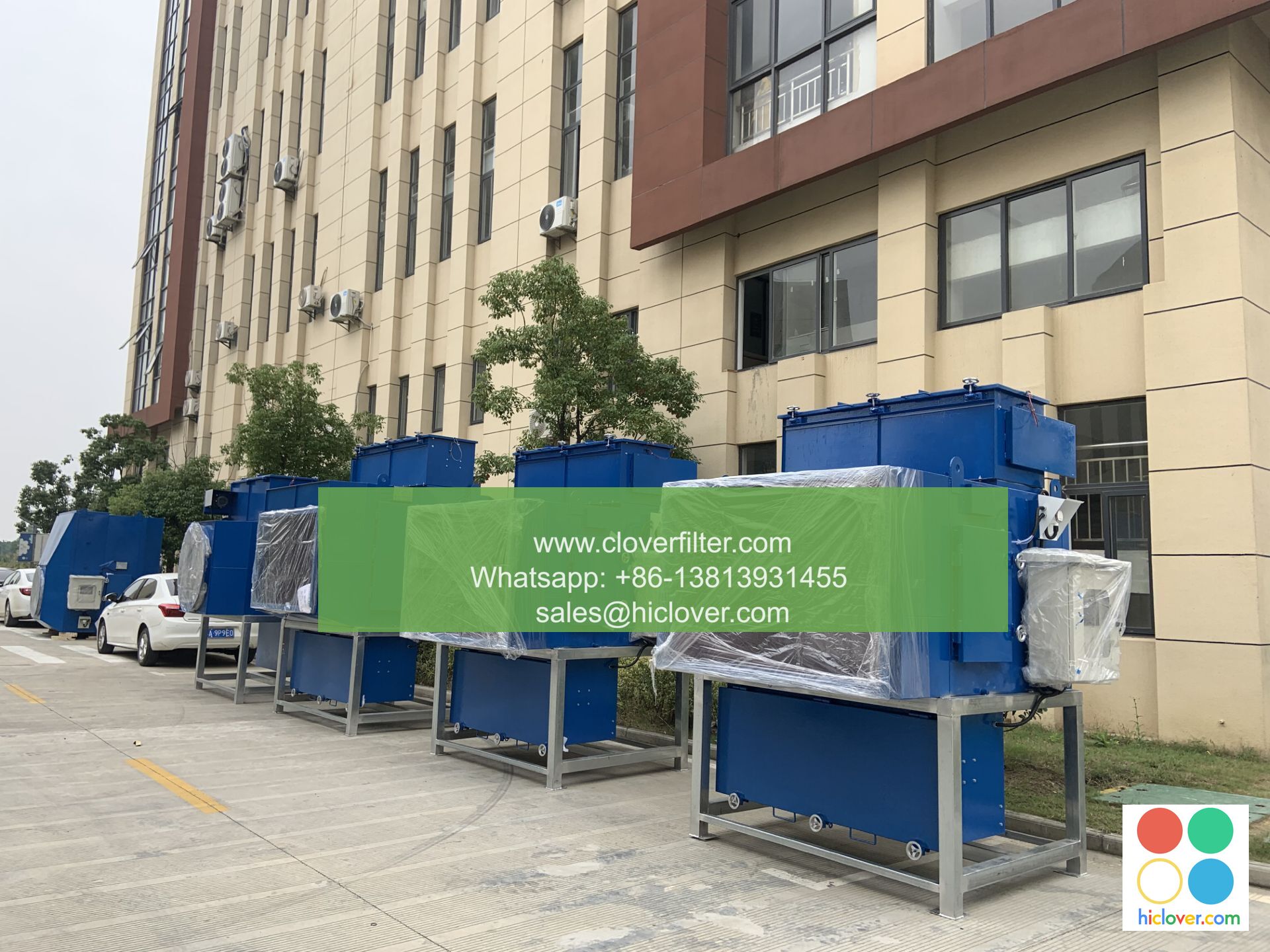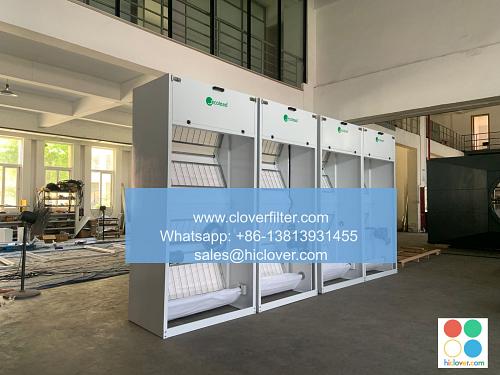Air Filter Apps: The Ultimate Guide to Improving Indoor Air Quality

In today’s digital age, technology has made it easier than ever to monitor and control the air quality in our homes and workplaces. One of the most effective ways to achieve this is by using air filter apps, which can help improve indoor air quality, reduce pollution, and create a healthier environment. In this article, we will explore the world of air filter apps, their benefits, and how they can be used to enhance the air we breathe.
What are Air Filter Apps?
Air filter apps are software applications that utilize advanced technologies such as Internet of Things (IoT), Artificial Intelligence (AI), and Machine Learning (ML) to monitor, control, and optimize air filtration systems. These apps can be used on smartphones, tablets, and smart home devices, making it easy to access and manage air quality data from anywhere.
Benefits of Air Filter Apps
The benefits of air filter apps are numerous, and they can have a significant impact on both indoor air quality and our overall health. Some of the key advantages of using air filter apps include:
* Improved air quality monitoring: Air filter apps can track various air quality parameters such as particulate matter (PM), volatile organic compounds (VOCs), and nitrogen dioxide (NO2) levels, providing real-time data on the air we breathe.
* Enhanced air filtration control: These apps can control and optimize air filtration systems, ensuring that they operate at maximum efficiency and effectiveness.
* Personalized recommendations: Air filter apps can provide personalized recommendations for improving indoor air quality, based on factors such as occupation density, climate, and air pollution levels.
* Energy efficiency: By optimizing air filtration systems, air filter apps can help reduce energy consumption and lower utility bills.
Application Areas of Air Filter Apps
Air filter apps have a wide range of application areas, including:
* Smart homes: Air filter apps can be integrated with smart home systems, allowing homeowners to control and monitor air quality from a single interface.
* Commercial buildings: These apps can be used in offices, schools, and other commercial buildings to improve indoor air quality and reduce energy consumption.
* Industrial settings: Air filter apps can be used in industrial settings to monitor and control air quality, reducing the risk of occupational hazards and improving worker health.
* Healthcare facilities: Air filter apps can be used in hospitals, clinics, and other healthcare facilities to maintain high levels of air quality, reducing the risk of hospital-acquired infections and improving patient outcomes.
Features of Air Filter Apps
When selecting an air filter app, there are several features to consider, including:
* Air quality monitoring: Look for apps that can track various air quality parameters, such as PM, VOCs, and NO2 levels.
* Customizable alerts: Choose apps that allow you to set custom alerts for air quality thresholds, ensuring that you are notified when action is needed.
* Energy efficiency tracking: Select apps that can track energy consumption and provide recommendations for reducing energy waste.
* Integration with other smart devices: Consider apps that can integrate with other smart devices, such as thermostats and lighting systems, to create a comprehensive smart home system.
Conclusion
Air filter apps are a powerful tool for improving indoor air quality, reducing pollution, and creating a healthier environment. By leveraging advanced technologies such as IoT, AI, and ML, these apps can provide real-time data on air quality, optimize air filtration systems, and offer personalized recommendations for improvement. Whether you are a homeowner, business owner, or facility manager, air filter apps can help you create a healthier and more sustainable indoor environment. You haven’t provided a question or topic for me to discuss. Please provide more context or information so I can give you a relevant and helpful response. What would you like to talk about?

